
|
The bottom of the sea is full of shipwrecks, silent monuments to the lives of brave explores, soldiers and travelers. They are grim and mysterious reminders of the unreal power of war and the sea itself. Many historians and explorers have studied them over the years to revel in the amazing stories of how these giants came to be the way they are. |
|
The Chuuk Lagoon, numerous wrecks - Micronesia. This area was the main Japanese base in the South Pacific theatre during the Second World War. It was a stronghold with trenches, bunkers and caves, five airstrips, seaplane bases, a torpedo boat station, submarine repair shops and communications center. When the United States took over the area in 1944, the destruction was catastrophic. Today the area is home to over 12 warships and 32 merchant sunken ships along with 249 aircraft. The two biggest ships are the 134-metre/440-foot Fujikawa Maru and the 153-metre/500-foot Shinkoku Maru. |
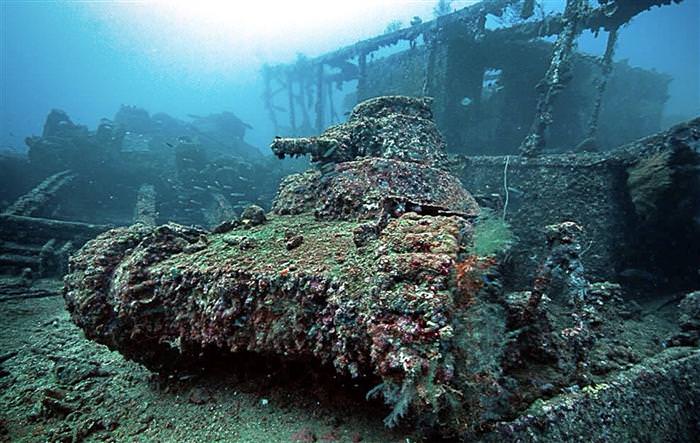 |
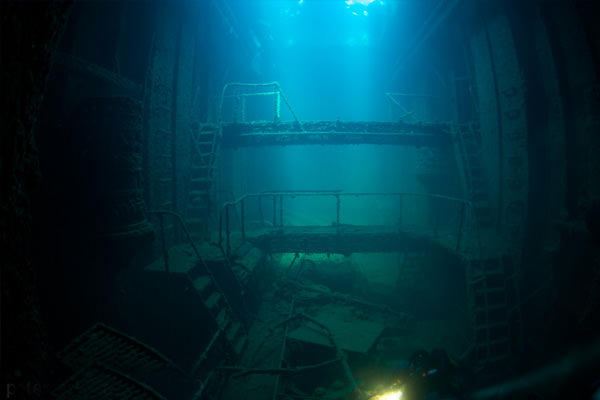 |
|
The "Russian Wreck” - South Egyptian Red sea. Known only by its nickname, this mysterious sunken ship was discovered in 1988 and was thought to be the “Khanka,” a fishing trawler believed to have sunk in the area. However, the presence of electronic equipment, a communications mast, more than two hundred batteries, and directional-finding antennae, suggests that the ship was most likely used for surveillance, not fishing. The spy-ship rumors might be true, as many believe that during the cold war the Soviets used many commercial vessels to gather covert intelligence. The actual nature of this ship has never been positively or officially confirmed. |
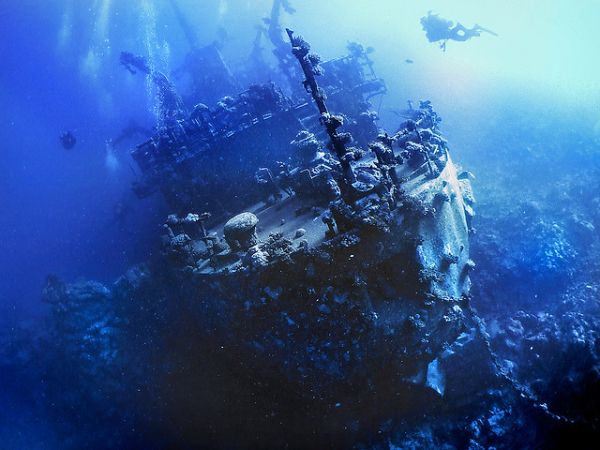 |
 |
|
RMS Lusitania - Near Old Head of Kinsale, Ireland. This British ocean liner launched in 1907 was made to answer the rising demand for shipping cargo and passengers across the Trans-Atlantic shipping lanes. With four steam turbine engines, producing an astonishing 76,000 horsepower, this 31,550 ton juggernaut made 202 crossings from Liverpool, to New York. The ship's manufacturing was subsidized by the British government, with the condition that it would be converted to an armed merchant cruiser if need be. In 1914, that need became a reality. World War I was the first time submarines took part in a war and the damage they were capable of was astonishing. On May 7th, the Lusitania was nearing the end of her crossing, she was near the south coast of Ireland and crossed in front of a German submarine. It was sheer chance that the liner became such a convenient target, slowly sailing along the shore, the submarine could hardly have caught the fast vessel otherwise. One torpedo hit was all it took to open a gaping hole in the ship's hull and sink it. The giant ship took 18 minutes to sink and of the 1,959 passengers and crew aboard, 1,195 lost their lives. The sinking helped change public view on Germany in America and would help push the United States into the war in 1917. |
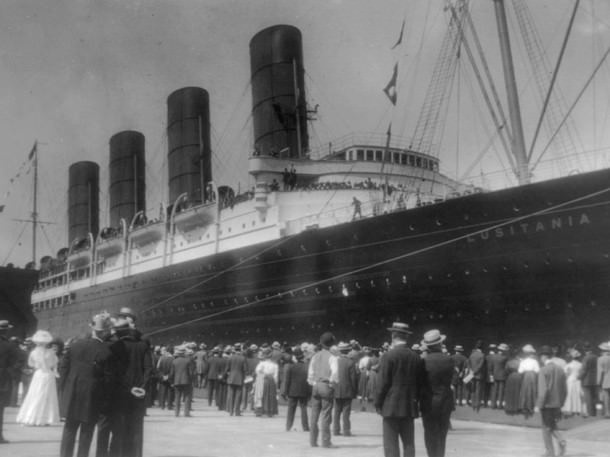 |
|
RMS Rhone - Off the coast of Salt Island, British Virgin Islands. The RMS Rhone was a British packet ship owned by the Royal Mail Steam Packet Company. Packet ships were those ships that were used solely for the purpose of carrying post, but that was not the case in this story. Its maiden voyage was in august 1865 to Brazil. In that voyage and the ones that followed it, it proved its worth by weathering several severe storms which gave her the reputation of being "unsinkable". On the 29th of October, 1867, the RMS Rhone was sailing next to Peter Island with another passenger ship called the RMS Conway. A category 3 hurricane, later known as San Narciso hurricane, had just hit the area and so the captains of the two ships decided to transfer the passengers from the Conway to the "unsinkable" Rhone. The Rhone and her man did their best to escape the storm, but in the end, it was in vain. Less than 250 yards (230 m) from safety, the hurricane came around from the south and struck the ship with all its power. The ship broke in two and cold seawater made contact with her hot boilers, causing the ship to explode. Of the 146 people originally aboard, plus an unknown number of passengers transferred from the Conway, only 23 survived. |
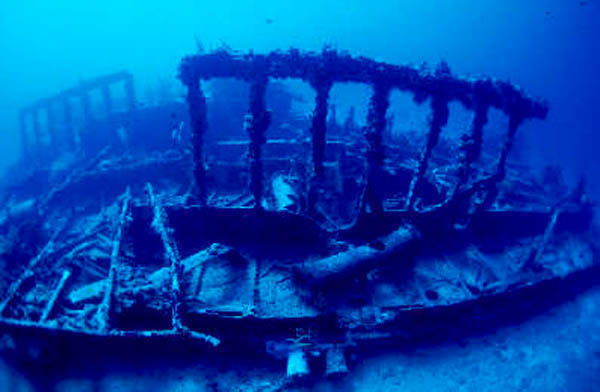 |
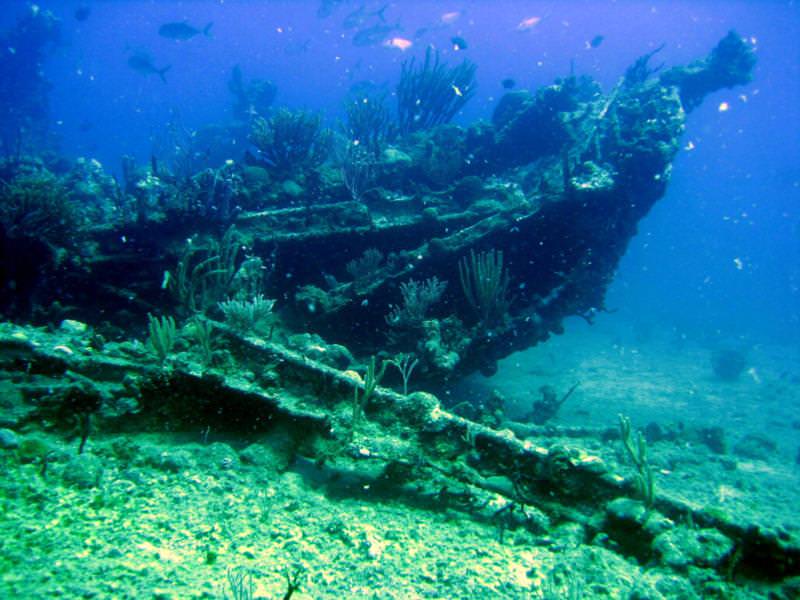 |
|
German battleship Bismarck - The Atlantic Ocean, west of Brest, France. The Bismarck, and her sister ship Tirpitz, were the largest battleships ever built by Germany. The Bismarck was launched on the 14th of February, 1939, and began active duty on August the 24th, 1940, about a year into World War II. The ship had 64 main guns and turrets, including eight 38 cm SK C/34 guns arranged in four twin gun turrets, and twelve 2 cm (0.79 in) anti-aircraft guns. In May of 1941, the allied forces defeated the German capital ship after two long days of navel maneuvering and fighting in the Atlantic Ocean. Nearly a hundred ships of all sizes were deployed to operate with, against, or because of the Bismarck, until it was disabled. The officers in charge of the ship could not allow the giant warship to be captured and so orders were given to open the ship's watertight doors and set explosive charges to destroy it. |
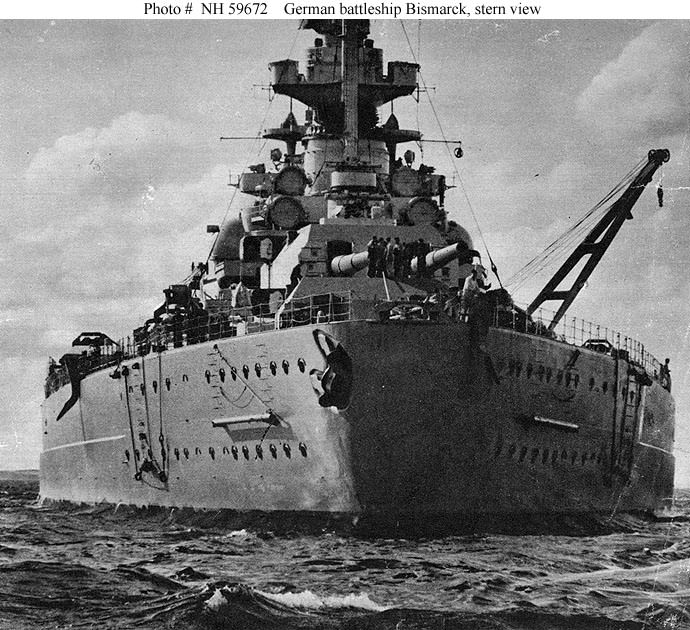 |
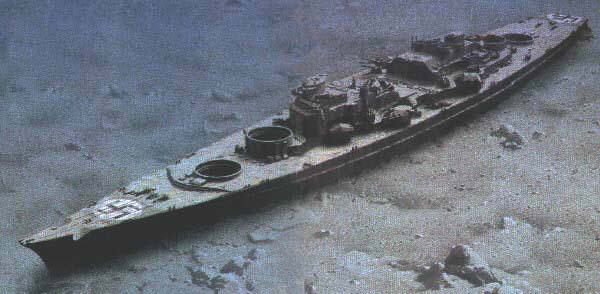 |